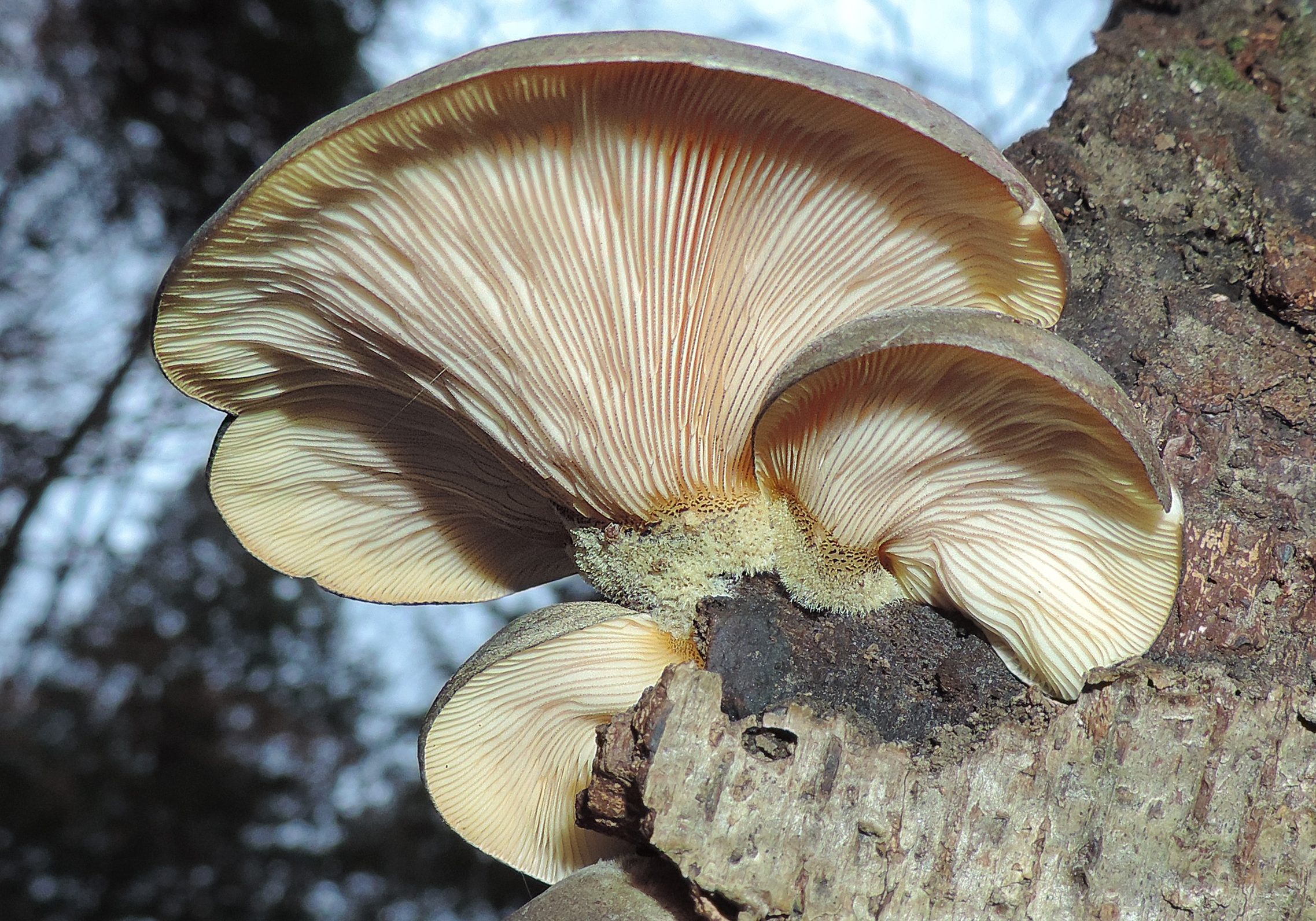
Classifying wild mushrooms as edible or not edible isn’t as straightforward as one may think. Confusing matters even more, the labels edible and poisonous aren’t always clearly defined either.
Take the mushroom pictured above, for example.
Its name is the Late Fall Oyster (Sarcomyxa serotina, syn. Panellus serotinus), and this wild mushroom is listed in many field guides as edible. It’s no surprise, then, that countless hungry mushroom enthusiasts forage and eat the Late Fall Oyster every year.
However, if you do a little digging around online, you’ll eventually encounter the warning that the Late Fall Oyster is potentially carcinogenic. Consequently, many people recommend against eating this fungus due to the possibility that it may contain cancer-causing compounds.
I’ve heard both sides of the story, and having eaten the Late Fall Oyster in the past, I was recently inspired to discover any “truth” to this issue. After a little bit of work and research, I received some answers.
If you’d like to learn more about the controversial status regarding the Late Fall Oyster’s edibility, check out the video!

